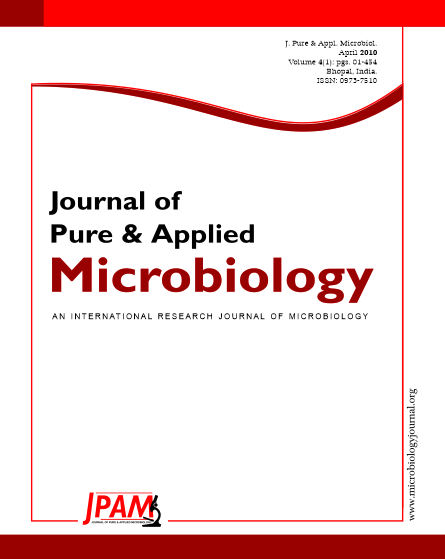Use of bioinoculants in agriculture horticulture and forestry greatly improve the survival and growth of plant species. The inoculated plants get increased tolerance to adverse soil ph, heavy metals, drought etc. The bioinoculants also help the plant for increased root development and enhances the biomass and yield. In the presence study the status of beneficial organisms like Arbuscular mycorrihizal fungus (AM), Ectomycorrihizal fungi (EMF) and Actinomycetes was investigated in the different age groups of Casuarina equisetifolia Plantations in Tamilnadu. Among different age group of the root samples screened, maximum percent root colonization of Arbuscular Mycorrhizal (AM) fungi was recorded in the root samples of one year old plantation (92%) this is followed by root sample of three year old plantation (67%). Minimum percent colonization was observed in four year old plantation sample (37%). The moderate percent colonization of AM fungi was seen in five and six year old plantation samples. No ectomycorrhizal fungal structures were recorded in the root samples of different age groups of plantations screened. Among different age group of the samples screened, maximum number of AM fungal spores (72/100 g soil) was recorded in the rhizosphere of one year plantation this is followed by two year old plantation (51/100g soil). The minimum number AM fungal spores was recorded in the rhizosphere of three year old plantation (33/100g soil). The C.equisetifolia and C.junghuhniana inoculated with various inoculants such as VAM, and Ectomychrrhizae P.albus and Laccaria fratera in various forms such as vermiculate form, basideospore form alginate bead form other then this also inoculate with frankia . Chemical fertilizers DAP in IFGTB nursery. Pisolithus albus basidiospore form shows the maximum growth in root (19.6) and shoot length (26.6) of Casuarina junghuhniana Pisolithus albus vermiculite form shows maximum length in both plants DAP shows second maximum Frankia inoculated plants shows maximum result in biomass of Casuarina equisetaifolia and its followed by Pisolithus albus vermiculite form for Casuarina junghuhniana, the Pisolithas albus inoculated plant tissues maximum results and its followed by Pisolithas albus spores. Rhizobus of Causarina equisetifoloa and Casuarina junghuhniana inoculated with VAM spores. Maximum ECM colonization observed in treatment inoculated Pisolithus albus sopre. The study shows the bioinoculants treated plant shows greater improvement when compared with chemical fertilizer and we are in the need to create on awareness on use of biofertilizer among the former to improve the growth Casuarina and other tree crops.
VAM, Casuarina junghuhnian,a Casuarina equisetifolia, Pisolithus albus
© The Author(s) 2010. Open Access. This article is distributed under the terms of the Creative Commons Attribution 4.0 International License which permits unrestricted use, sharing, distribution, and reproduction in any medium, provided you give appropriate credit to the original author(s) and the source, provide a link to the Creative Commons license, and indicate if changes were made.


